Dangerous or Safe? Here's What You Should Know About Firearm Replicas
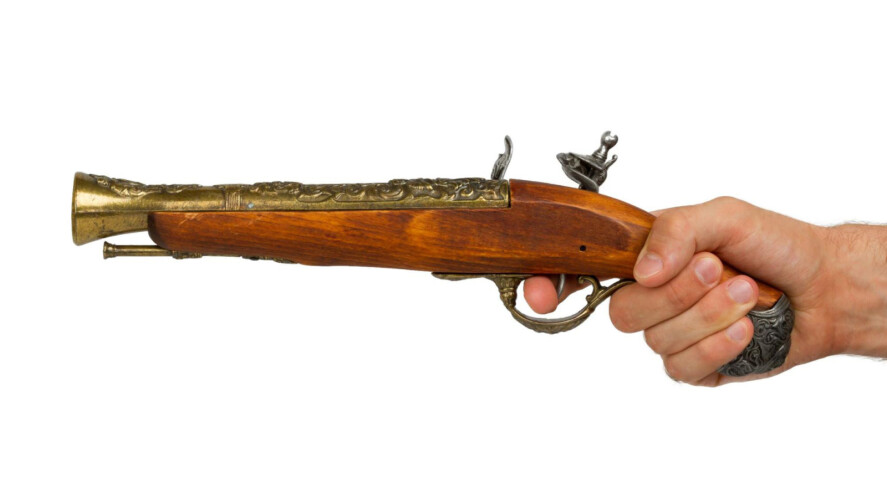
Contents
Must-Haves for Passionate Collectors
Firearm replicas are exact, authentic copies of the original models that were used in the past, but manufactured today, using modern materials and technologies.
They became popular with the rise of films and TV series. Films and adaptations showing weapons in high detail also placed greater demands on the realistic design of props. Along with the technological development, replicas became more accurate and consequently more attractive for collectors of historical items.
Replicas of historic pistols are often made using the same materials as the original models:
- steel
- magnesium alloys
- wood
- or leather, which is used to make accessories, most often a holster.
Such replicas are often very detailed, but, typically, they do not fire. However, there are exceptions.
Remember that firearm replicas can be dangerous if not handled properly. This is why you should always use them for collections or decorative purposes only.
The Authorities Are Watching!
The production and sale of historical firearm replicas and pistols is controlled by government authorities, which set strict rules and restrictions on their production and sale These rules are intended to prevent illegal trade of replicas, which could be used as real functional weapons and become a safety threat.
For example, selling replicas is forbidden in some countries for fear that they may be modified to be used as functional weapons, or to look like real guns, which is a threat to safety.
Our e-shop offers only replicas that cannot be fired. However, some of them can be modified to functional firearms. You may come across weapons with this description:
This product is considered a weapon by the Customs Office and therefore cannot be exported from the EU without relevant permission.
This limitation applies, for example, to the Doglock Blunderbuss musket. It does not mean that it is a real weapon. It is always up to the assessment of the specific authority in the given country to determine the level of potential danger.
Firearm replicas are fascinating and beautifully crafted pieces that will look great in any collection of historical replicas. Before you buy a replica, make sure that everything complies with local regulations and restrictions. Use replicas for decorative purposes only or as an accessory at a re-enactment event.
3 Safety Tips
Because replica firearms look very realistic, follow safety rules for their use to avoid accidents and serious consequences. Here are 3 of the most important rules:
- Don't carry a gun in public. If you need to transport your firearm from one place to another, make sure it is in a secure bag or case.
- Always handle a replica gun as if it were a functional weapon. Even if you know it's just a replica, handle it like a real weapon and never point it at people or animals.
- Keep the replica gun out of the reach of children and unauthorized persons. Keep it in a safe and preferably locked place to prevent misuse or theft.
Colt Revolver or Flintlock Pistol? Whatever You Like!
Here are some firearms you can find in our portfolio
Read on to find out more details about each type and the historical era in which they were used.
Colt Revolvers
In 1835, Samuel Colt registered a patent for a gun with the popular revolving cylinder chambers. Colts played a significant role in the American Civil War from 1861 to 1865. The word "Colt" has become synonymous with revolver since then. Our revolver colts cannot be fired.
Percussion and Flintlock Pistols
Percussion pistols replaced matchlock muskets in the 17th century, because they allowed soldiers to fire faster at a rate of one shot per minute. Flintlock was invented by French inventor Marin le Bourgeoys and became popular because it was easy to use and cheap to manufacture. Flintlock was in use for 250 years, especially for armies, and it was then replaced by percussion lock.
Muskets
There is no musketeer without a musket. Muskets were used in 17th century Spain and England as an infantry weapon. It was loaded from the front of the barrel and used the matchlock mechanism, wherein the gunpowder is ignited by a burning piece of a rope that is touched to the gunpowder by a mechanism activated by pulling a lever.
If you are interested in firearms, check out our article Evolution of ranged weapons: from bamboo sticks to revolver that will walk you through the history of firearms. Among other things, you will learn how they came to Europe or what flintlock guns are used for.

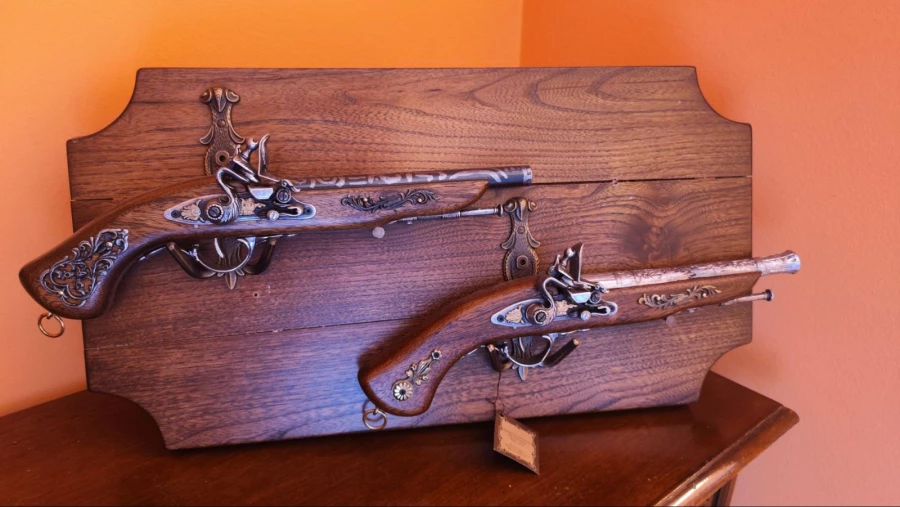
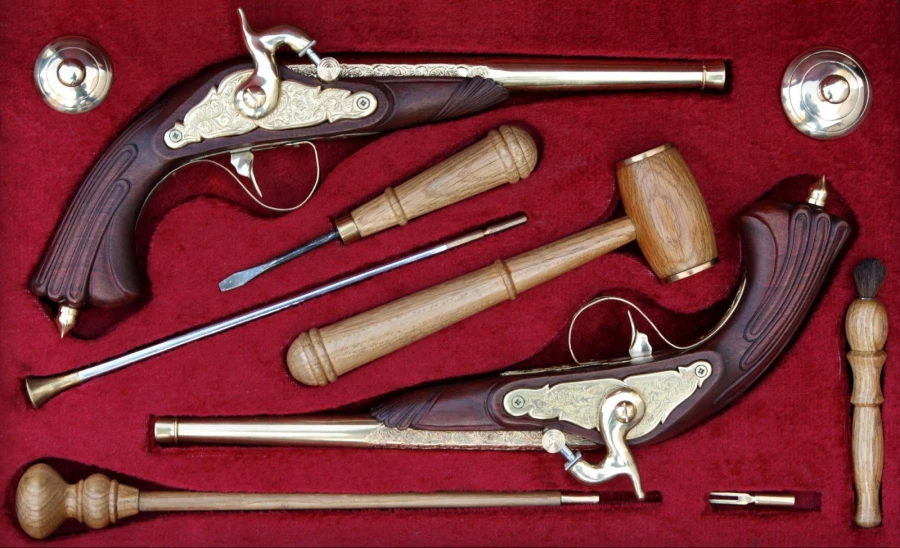
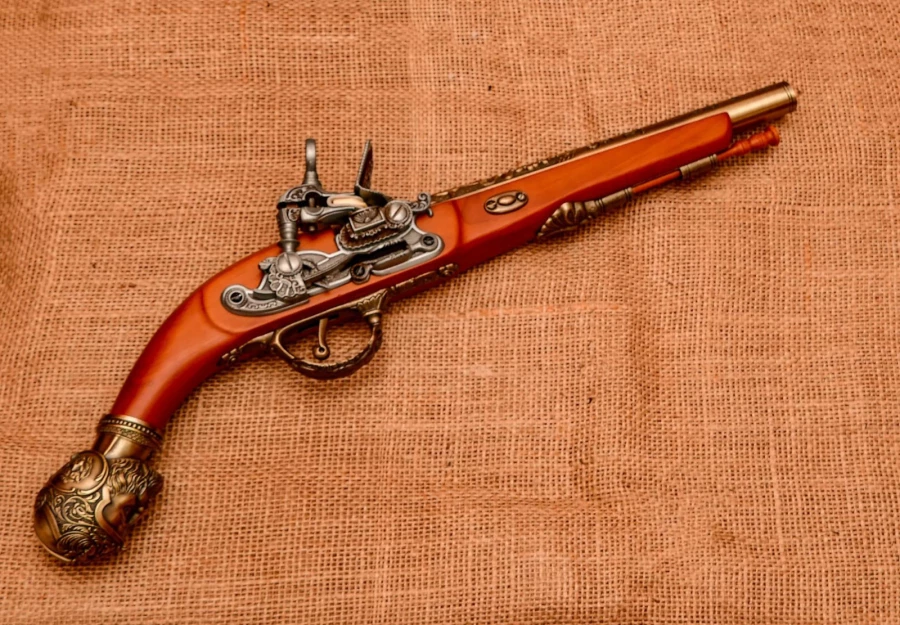
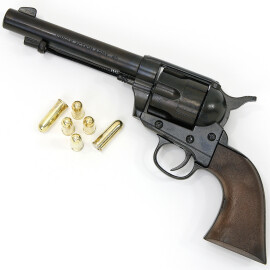
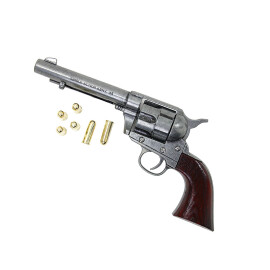
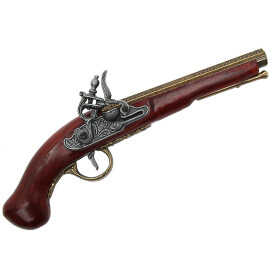
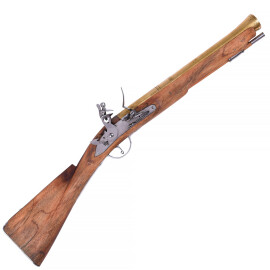
Comments